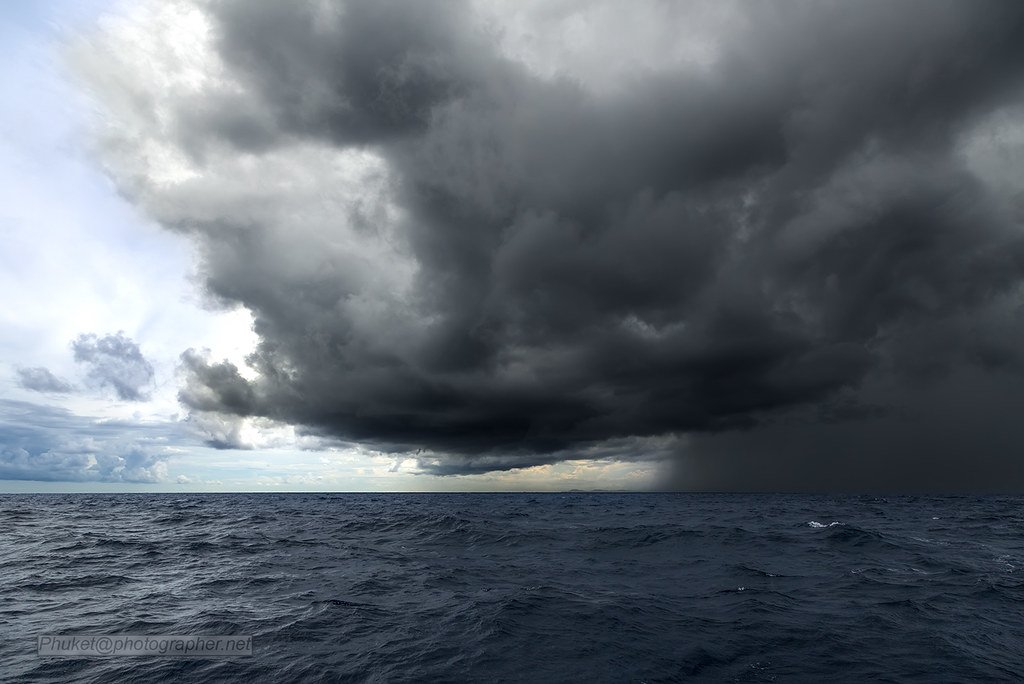Considerations in projects are like the compass guiding a ship across uncharted waters. In the realm of quality control and process improvement, projects are the vessels that carry organizations toward efficiency and excellence. This narrative aims to unravel the considerations one must ponder when setting sail on the project journey, making it an accessible tale for everyone.
Defining the Project – The Blueprint of Intent
Every journey begins with a map, and a project starts with a clear definition. Imagine crafting a blueprint for a treehouse – the plan that outlines the structure and purpose. In quality control, defining the project is akin to creating a detailed map that ensures everyone knows the destination.
A well-defined project includes its goals, scope, and expected outcomes. It’s about answering the questions of what, why, and how. Just as a blueprint ensures a treehouse stands tall, a clear project definition sets the foundation for success.
Assembling the Crew – The Team that Powers the Ship
No ship sets sail without a crew, and no project takes flight without a dedicated team. Think of assembling the crew as gathering a group of friends for a camping trip. Each person brings unique skills and talents to the table, contributing to the success of the adventure.
In the project landscape, the crew comprises individuals from various departments, each with their own expertise. Collaboration is the wind that fills the project’s sails, propelling it forward. Assembling the right crew ensures that the project ship is well-equipped for the challenges ahead.
Setting Sail with a Plan – The Wind in the Project’s Sails
A ship without a plan is like a kite without a string – it may go anywhere, but it won’t reach a specific destination. Setting sail with a plan involves charting the course, understanding the prevailing winds, and anticipating potential storms. In quality control, the project plan is the map that guides the ship through the project waters.
The plan outlines timelines, tasks, and milestones. It’s not about rigidly following a script but having a flexible guide that adapts to the dynamic project landscape. Like a kite dancing in the wind, a well-crafted plan allows the project to navigate with purpose.
Navigating Challenges – The Storms at Sea

No ship sails without encountering storms, and no project progresses without facing challenges. Navigating challenges is like steering a ship through rough seas. From unforeseen obstacles to changing tides, each challenge is a wave to be navigated with resilience.
In quality control, challenges may come in the form of resource constraints, unexpected issues, or resistance to change. Adapting to these challenges is crucial for the project’s success. It’s a reminder that, just like a ship weather storms at sea, a project must navigate through difficulties to reach its destination.
Monitoring Progress – The Compass of Evaluation
A ship captain constantly monitors the compass to ensure they are on the right course. Similarly, monitoring progress in a project involves regularly checking the compass of evaluation. This compass consists of key performance indicators (KPIs) and milestones that indicate whether the project is on track.
Monitoring progress is not about micromanaging but ensuring that the ship stays true to its course. It allows the project team to make necessary adjustments, much like a captain correcting the ship’s heading. With a vigilant eye on progress, the project can stay aligned with its goals.
Celebrating Milestones – The Port of Achievements
Just as sailors celebrate reaching a port after a long voyage, project teams celebrate achieving milestones. These milestones are like docking at ports of accomplishment, marking progress, and acknowledging the efforts of the crew. It’s a time for reflection and celebration, creating a sense of achievement that fuels motivation for the remainder of the journey.
In quality control, milestones may include completing a phase of the project, achieving a specific quality target, or implementing a process improvement. Celebrating these moments not only boosts morale but also strengthens the team’s resolve to continue the journey.
Project Conclusion – Docking in the Harbor of Success
Every project has a destination, and reaching it is like docking in the harbor of success. The conclusion of a project is not an endpoint but a moment to pause, reflect, and appreciate the journey. It’s like a ship returning to port after a successful voyage – a time to unload the cargo of accomplishments and experiences.
In quality control, the project conclusion involves assessing the overall impact, gathering feedback, and identifying areas for further improvement. It sets the stage for the next journey, ensuring that the organization continues to navigate towards excellence.
Conclusion: Tales from the Project Seas
Projects in quality control are tales of exploration, with considerations as the compass guiding the way. From defining the project to celebrating milestones, each aspect contributes to the narrative of success. Like a captivating story, a well-executed project leaves an imprint, shaping the landscape of quality and efficiency.
As organizations embark on their project journeys, they must remember that the seas may be unpredictable, but with thoughtful considerations, they can navigate towards the harbor of success.